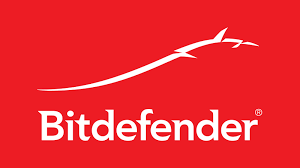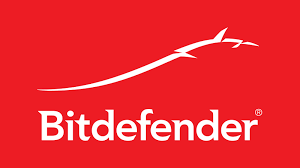 Automation is enterprise cybersecurity’s biggest buzzword as organizations seek to keep pace with a threat landscape that grows more frenetic by the hour. But as automation spending skyrockets, many enterprises are finding that they’re not getting the most out of their investment. A new study uncovered that even as security experts are eager to reap the rewards of security automation deployments, there are a number of serious obstacles that must be addressed first.
Automation is enterprise cybersecurity’s biggest buzzword as organizations seek to keep pace with a threat landscape that grows more frenetic by the hour. But as automation spending skyrockets, many enterprises are finding that they’re not getting the most out of their investment. A new study uncovered that even as security experts are eager to reap the rewards of security automation deployments, there are a number of serious obstacles that must be addressed first.
The number one benefit organizations see out of automation—named by 64% of those surveyed for the study–is the increased productivity that they believe it squeezes out of IT security staffers. Number two was cited by 60% of respondents, who believe that automated correlation of threat behavior helps them address today’s increased volume of threats. As a result, organizations are pouring money by the bucketful into automation and orchestration tools, hoping to make their employees more efficient and shorten the time it takes for them to detect and respond to incidents. According to one analyst estimate, the size of the security orchestration market alone will double in the next three years to become a $1.6 B play within the broader security market.
The trouble is that simply inserting your coin into the automated machine doesn’t guarantee it’s going to work the way you want it. Enterprises are running into five major issues in their bid to streamline security through automation, machine learning, artificial intelligence and orchestration.
Automation Blocker 1: Integration is Harder than they Think
Many security organizations today are struggling with automation due to integration issues on two fronts. First of all, they’re having a hard time meshing security automation tools with legacy systems and architectures. Nearly two in three organizations say it is difficult integrating security automation technologies with existing IT systems. Not only that, but security teams are also straining to integrate numerous security automation tools into a cohesive security stack. Approximately 71% of respondents pointed to the inability to integrate disparate security tools as their top challenge in building an effective automated security architecture.
Automation Blocker 2: Vendor Sprawl is Killing Them
One of the reasons that integration is such a bugbear is that the best-of-breed approach is killing security teams with a bad case of security vendor sprawl. Around 59% of respondents reported a need to streamline the number of vendors in their architecture. This has increasingly been a point of contention for CISOs lately. This spring, venture capitalist Ken
Elephant, managing director at Sorenson Capital, estimated that in a straw pool of CISOs from major companies he was seeing an average of 80 security vendors under management.





